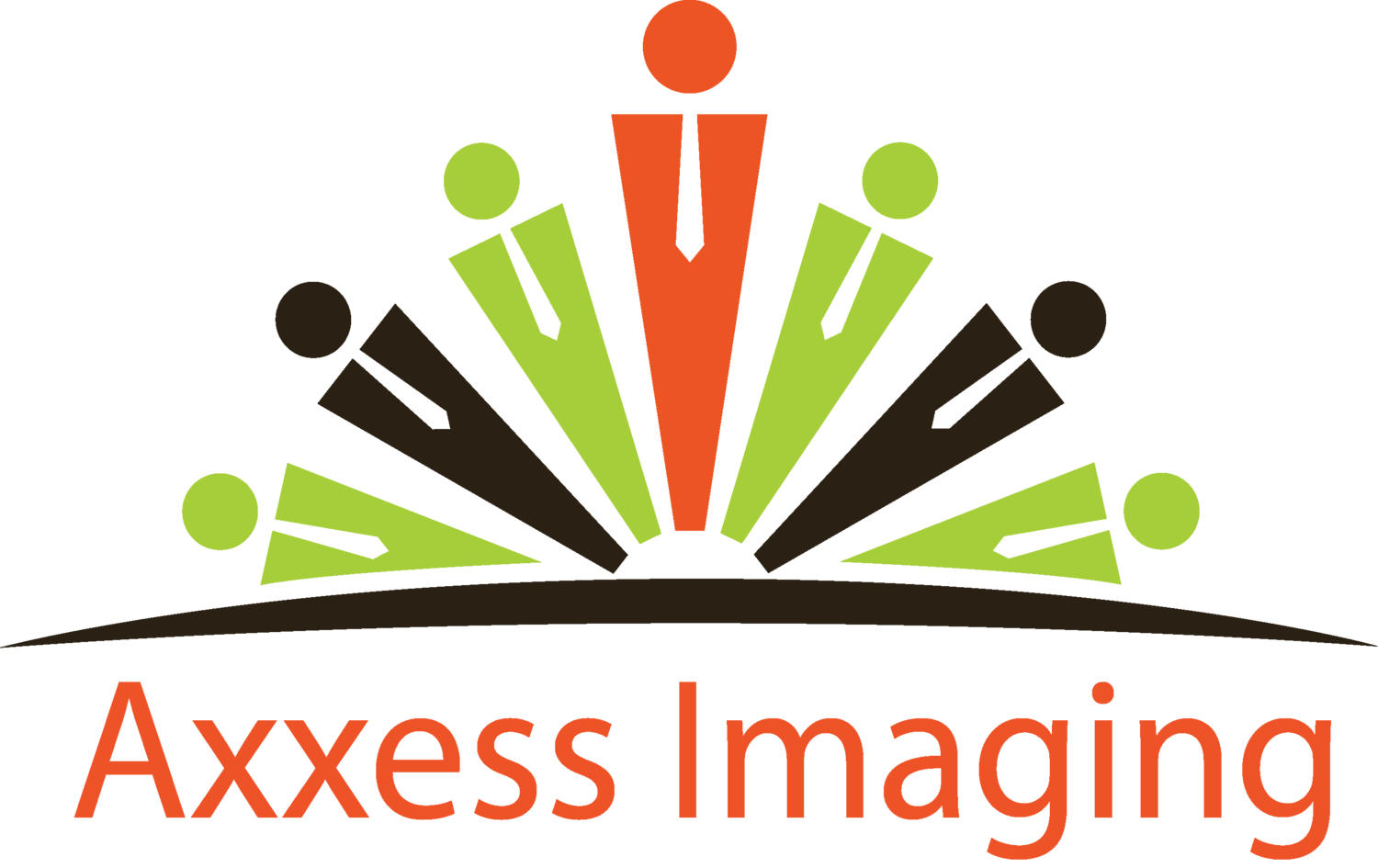What’s the Difference Between a CT Scan and an MRI
MRI excels at assessment of the brain (other than acute trauma) and spinal canal and contents. It remains the gold standard for evaluation of disc herniations, although CT is quite acceptable for excluding lower lumbar herniations. MR with gadolinium is the clear gold standard for discriminating recurrent disc versus epidural scar in the post-operative lumbar spine. For joints, MRI provides an elegant assessment of soft tissue ligamentous structures and tendons, and particularly when performed after intra-articular gadolinium injection, assessment of cartilage. Bone marrow can also be assessed for contusion or a replacement process such as metastases. In the abdomen, MR with gadolinium rivals CT in assessment of solid organs such as liver, pancreas, and kidneys, and MR angiography can be performed often without contrast, for non-invasive vascular assessment.
Radiation
CT, which is short for computerized tomography, uses x-ray technology to produce diagnostic images. These x-rays require a small dose of ionizing radiation. Basically, the CT scanner rotates on an axis, taking multiple 2D images of a person’s body from different angles. When a computer places all of these cross-sectional images together on a monitor, the result is a 3D image of the inside of the body that can reveal the presence of disease or injury to a physician.
MRI scans do not work this way. Instead of using ionizing radiation, magnetic resonance imaging (MRI) uses radio waves and powerful magnets to produce diagnostic images. An MRI scanner can apply a magnetic field that lines up all of your body’s protons. Radio waves are applied to these protons in short bursts, which in turn relate a signal that is picked up by the MRI scanner. A computer processes this signal and generates a 3D image of the segment of the body being examined.
Time
CT scans typically take diagnostic images more quickly than MRI scans. For example, a CT scan can often be completed in less than 5 minutes while MRIs take an average of 30 minutes.
Purpose
CT scans and MRIs are also used for different purposes, although either can be used in some instances. CT scans are extremely helpful in diagnosing serious injuries to the head, chest, abdomen, spine and pelvis, especially fractures. CT scans are also used to pinpoint the size and location of tumors. There's also been explained that if the unhealthy to shoe is the same density as the healthy tissue that surrounds it sometimes the CT does not bounce back and image. What this means is that certain pathologies are not diagnosed.
MRIs, on the other hand, are very "site" specific and often do a better job of diagnosing issues in your soft tissues, joints, tendons and ligaments. Doctors frequently order MRIs to scan the brain, spine, neck, breast, abdomen and muscles. MRI is a particularly good tool for evaluating the spine and spinal ligaments.


